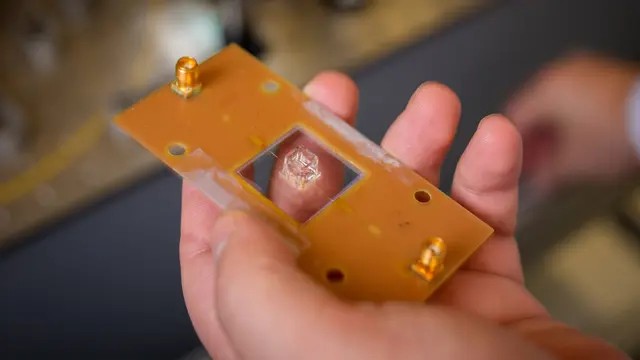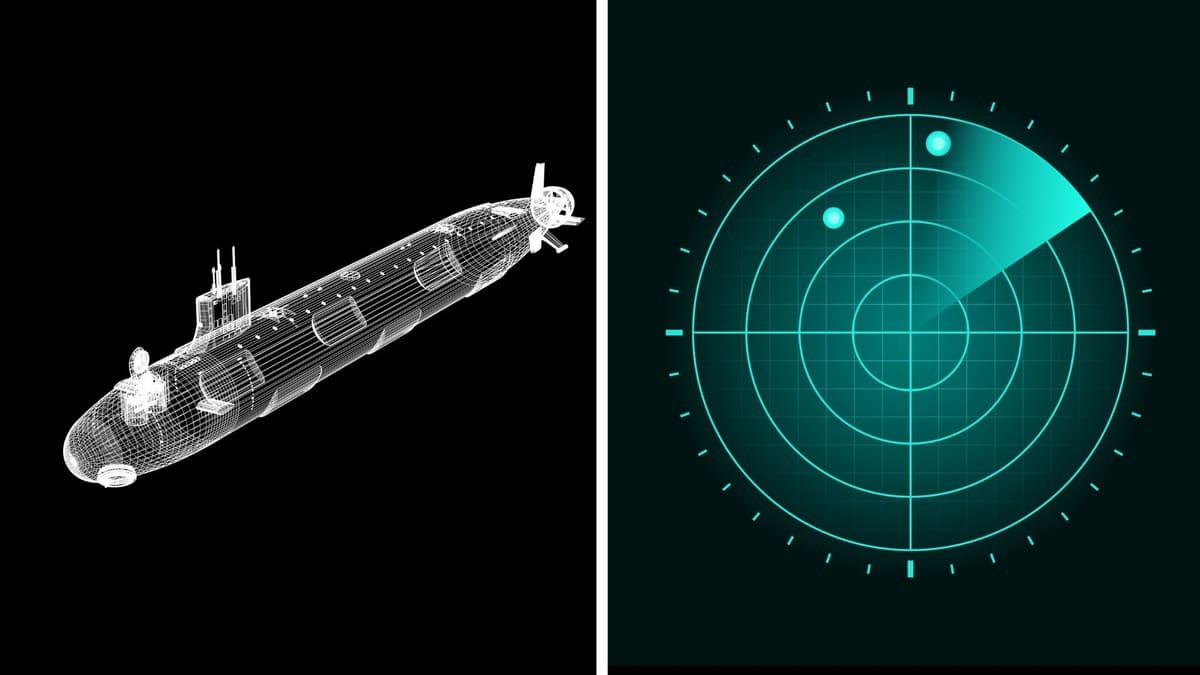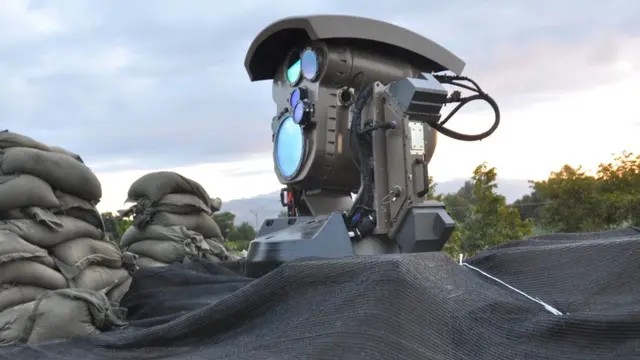Scientists Discover a Method to Integrate Diamond Quantum Sensors into Living Cells
Surprisingly, when combined, they pave the way for quantum sensors small enough to function inside living cells—potentially enabling early detection of diseases like cancer and diabetes.
This groundbreaking advancement comes from researchers at the University of Chicago and the University of Iowa.

Figure 1. Living Cells.
By applying a special coating—like those used in QLED screen technology—the team successfully turned regular diamond nanoparticles into powerful quantum sensors that can operate within living cells. This innovation marks a major leap forward in how we could one day monitor cellular health and diagnose diseases at their earliest stages. Figure 1 shows Living Cells.
“This work lays the foundation for nanoscale quantum sensing, with far-reaching potential in precision diagnostics, cellular imaging, and bioengineering,” the researchers wrote in their study.
The challenge of nanodiamonds
Scientists have long known that diamond defects, called nitrogen-vacancy (NV) centers, can serve as ultra-sensitive quantum sensors. These NV centers respond to subtle changes in magnetic fields, temperature, and electrical activity—making them ideal for probing what’s happening inside cells or materials.
But to use diamonds in living cells, they must be shrunk to nanoscale—less than 100 nanometers wide. Unfortunately, when diamonds are this small, their quantum properties weaken [1]. NV centers lose their ability to generate strong quantum signals, making them unreliable as sensors.
Over the years, scientists tried to fix this by cleaning the diamond surfaces, changing their shape, and tweaking their internal structure. Yet, none of these methods restored the quantum performance researchers needed.
“Diamond nanocrystals have been used as biosensors before, but their performance has been surprisingly poor—far below expectations,” explained lead researcher Uri Zvi, a PhD candidate at the University of Chicago. That’s where this new study offers a breakthrough.
Creating functional quantum sensors for living cells
Taking cues from the world of consumer electronics, the researchers looked at QLED TVs, which use quantum dots coated in special protective shells to maintain their brightness and prevent degradation.
Inspired by this, the team created a similar core-shell design for nanodiamonds. They coated the diamond cores with a silica shell—a stable, biocompatible material that insulates and protects the NV centers from damage and interference.
By fine-tuning the shell’s thickness and optimizing its chemical bonds to the diamond surface, the researchers managed to preserve the diamonds' quantum capabilities.
The results were remarkable: the coated nanodiamonds delivered 1.8 times stronger signals than uncoated ones. Even more impressive, they maintained stable quantum signals after being placed inside living cells.
Under a microscope, the researchers were still able to detect clear quantum signals from within the cells—something that had not been possible before.
“The significance isn’t just in building a better sensor,” said Zvi, “but in establishing a new, quantitative approach to designing stable, coherent quantum nanomaterials.”
Reference:
- https://interestingengineering.com/innovation
Cite this article:
Keerthana S (2025), Scientists Discover a Method to Integrate Diamond Quantum Sensors into Living Cells, AnaTechMaz, pp.363







